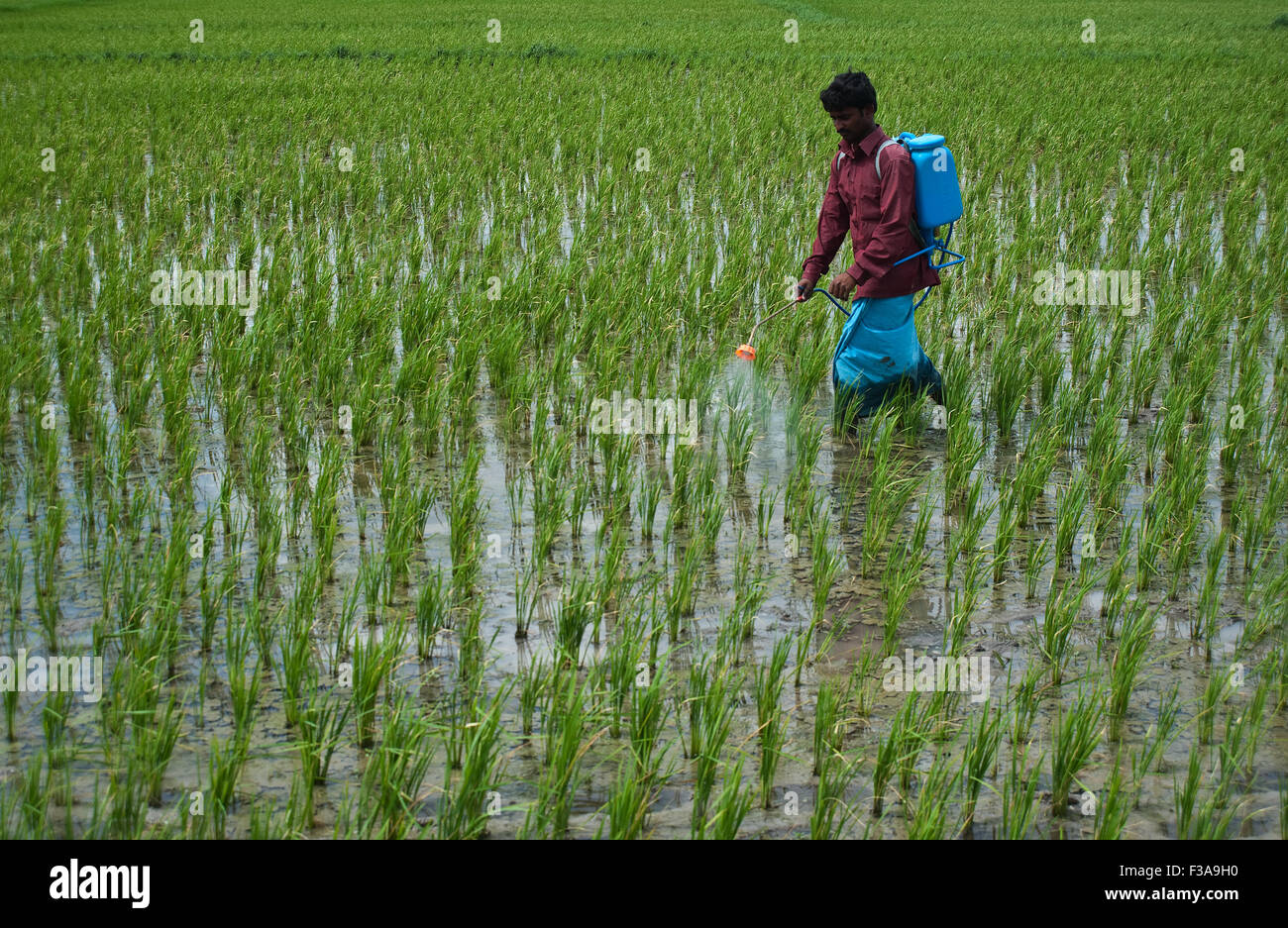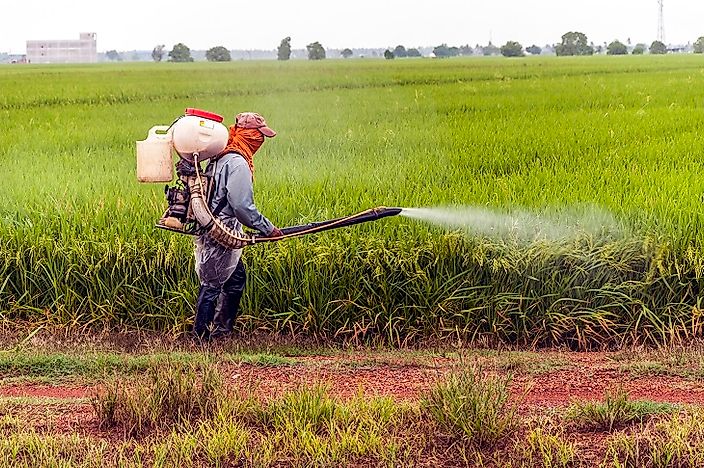
They include ovicides and larvicidal, which are used to kill insect eggs and larvae. Furthermore, it is predicted that global pesticide usage will rise to 3.5 million tonnes by 2020. China, the United States, Argentina, Thailand, Brazil, Italy, France, Canada, Japan, and India are the top 10 pesticide-consuming countries in the world. Ĭurrently, approximately 2 million tonnes of pesticides are used globally, with 47.5% being herbicides, 29.5% being insecticides, 17.5% being fungicides, and 5.5% being other pesticides. Certain pesticides, such as DDT, aldrin, hexachlorobenzene, dieldrin, mirex, endrin, chlordane, and heptachlor, have negative effects on human health and the environment. These pesticides are known to impair the functioning of living organisms’ metabolic and reproductive systems. Due to their bioaccumulation properties and high toxicity, the persistent and ubiquitous nature of various agricultural-based pesticides and other organic pollutants has caused destruction to humanity. Inadequate use of pesticides and some other persistent organic pollutants in agricultural soils has wreaked havoc on future consequences. However, in the latter half of the nineteenth century, rapid growth in the global economy, including both the industrial and agricultural sectors, resulted in a steady increase in the production and use of agricultural-based chemicals, which frequently have disastrous effects on the environment. A pest infestation accounts for approximately 45% of annual food production: therefore, effective pest management through the use of a diverse range of pesticides is required to combat pests and increase crop production. Pesticides became an important tool for plant protection and crop yield enhancement during the agricultural development process. Herbicides, insecticides, fungicides, rodenticides, nematicides, and others are examples of pesticides. Insecticides (natural or synthetic) are used in agriculture to control pests, weeds, and diseases in plant species. Awareness of the impacts that insecticides are having in our world may help to introduce the management practices that aim at reducing and mitigating those impacts. The known ecological impacts of insecticides on terrestrial and aquatic ecosystems are reviewed in this chapter.

The rampant use of these chemicals, under the adage, “if little is good, a lot more will be better” has played with humans and other life forms.

Unfortunately, this is not the case, so the controversy of the use and abuse of pesticides has surfaced. Ideally, a pesticide must be lethal to the targeted pests, but not to nontarget species, including man. The introduction of other synthetic insecticides-organophosphate insecticides in the 1960s, carbamates in the 1970s, and pyrethroids in the 1980s, and the introduction of herbicides and fungicides in the 1970s–1980s contributed greatly to pest control and agricultural output. Among them, organochlorine insecticides, used successfully in controlling a number of diseases, such as malaria and typhus, were banned or restricted after the 1960s in most of the technologically advanced countries. Pesticide covers a wide range of compounds including insecticides, fungicides, herbicides, rodenticides, molluscicides, nematicides, plant growth regulators, and others.


 0 kommentar(er)
0 kommentar(er)
